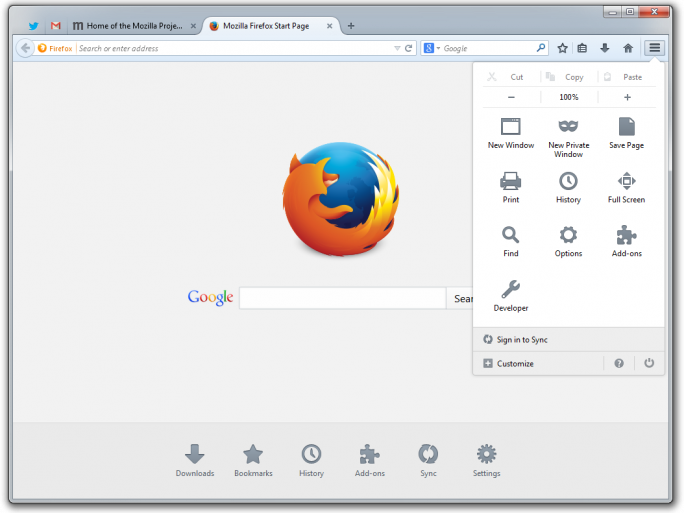Firefox 38 Arrives With DRM Support

Lesser of two evils? Mozilla admits DRM is not a desirable market solution, but bundles it anyway
Mozilla has admitted that the latest version of its popular Firefox web browser contains what could prove to be a very unpopular element for many of its users.
This is because Firefox 38 for Windows will now allow Digital Rights Management (DRM) content to be played within the browser, despite “the closed nature of DRM”, which many feel clashes with Firefox’s open mission statement.
Reluctant Inclusion
The arrival of HTML5 DRM support in Firefox has been a long time coming. It was back in May 2014 that Mozilla reluctantly adopted DRM. It said at the time that it had no choice in the matter if it wanted to keep its user base.
 Prior to that decision, Mozilla had frequently criticised DRM technologies for their ability to interfere with legitimate uses of content, but said it had no choice in the matter, if it wanted to prevent users from abandoning the Firefox browser. But following that announcement last year, the organisation faced an instant backlash from the Firefox community, with several users calling it a “betrayal”.
Prior to that decision, Mozilla had frequently criticised DRM technologies for their ability to interfere with legitimate uses of content, but said it had no choice in the matter, if it wanted to prevent users from abandoning the Firefox browser. But following that announcement last year, the organisation faced an instant backlash from the Firefox community, with several users calling it a “betrayal”.
But now DRM has finally arrived in the Firefox web browser.
“A year ago, we announced the start of efforts to implement support for a component in Firefox that would allow content wrapped in Digital Rights Management (DRM) to be played within the HTML5 video tag,” blogged Denelle Dixon-Thayer is senior VP of Business and Legal Affairs at Mozilla.
“This was a hard decision because of our Mission and the closed nature of DRM,” said Dixon-Thayer. “As we explained then, we are enabling DRM in order to provide our users with the features they require in a browser and allow them to continue accessing premium video content. We don’t believe DRM is a desirable market solution, but it’s currently the only way to watch a sought-after segment of content.”
Essentially, the new version of Firefox includes an integration with the Adobe Content Decryption Module (CDM) to playback DRM-wrapped content. The CDM will be downloaded from Adobe shortly after you upgrade or install Firefox. It will activate when the first interact with a site that uses Adobe CDM.
DRM Free Option
The arrival of HTML DRM support within Firefox 38 means that users no longer have to use plug-ins such as Adobe Flash or Microsoft’s Silverlight.
Mozilla said that Netflix is already testing Firefox’s DRM solution to stream content to its subscribers.
But Mozilla has provided DRM-hating Firefox users with an alternative option. They can download a version of Firefox without the DRM option here.
“We also recognize that not everybody wants DRM, so we are also offering a separate Firefox download without the CDM enabled by default for those users who would rather not have the CDM downloaded to their browser on install,” blogged Dixon-Thayer.
Are you a Firefox enthusiast? Take our quiz!